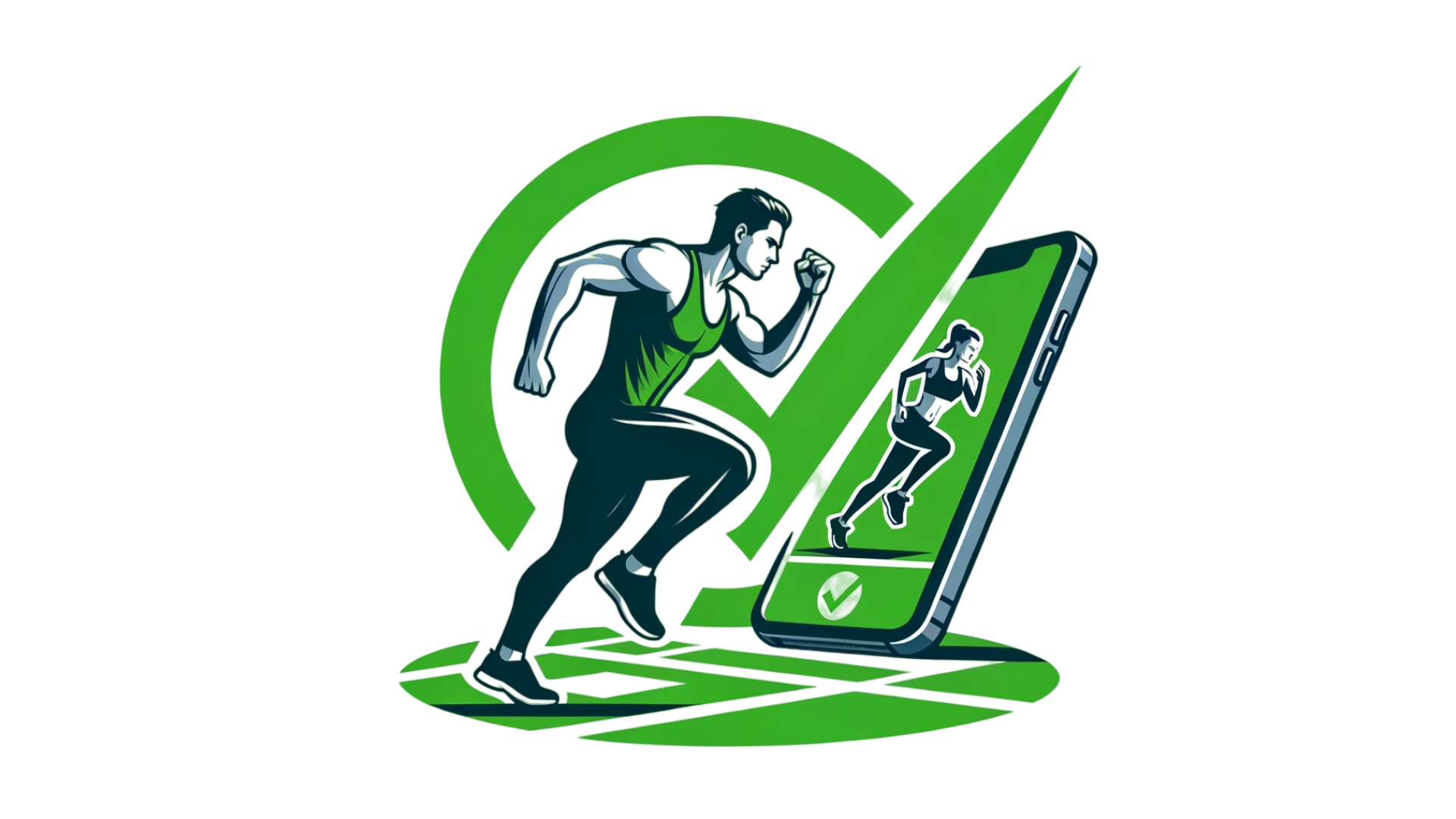
Green Tick – The regulation and Systematization of Social Media and Digital App Contents Related to Health, Diet and Sports
Project Number: 101133365
Timespan of the Project: 01/01/2024 - 31/12/2025
Project E-mail: info@ceipes.org
Financial Program: Erasmus + Sport Cooperation Partnerships SCP
Objectives
This project aims to:
- Tackle the absence of clear guidelines for users, content creators, and app developers, aiming to ensure the production of reliable and safe digital content.
- Set criteria to evaluate social media and digital applications for trustworthy information and visuals. A comprehensive report will highlight both exemplary and subpar cases, with successful accounts earning a “Green Tick” label, guiding users to credible sources.
- Boost awareness and engagement in physical activities for a healthier lifestyle.
Activities
The project will engage in the following activities:
- Introducing the “Green Tick” initiative to label trustworthy sources, enhancing credibility and safety.
- Establishing a Research and Training Team and an Ethics Commission to oversee health-related content and create a user-friendly digital platform for training and collaboration.
- Developing comprehensive guidelines to improve the quality and safety of health, diet, and sports-related digital content.
- Providing specialized training for content producers and app developers to improve content quality and reliability
Results
The project has yielded the following results:
- A guideline with 1500 accesses, shared via LinkedIn and research platforms.
- Training sessions for users (online and offline) and content producers/app developers (160 social media accounts, 40 app developers) to enhance digital literacy.
- Noted heightened awareness and digital literacy among participants through post-training surveys and guideline views (500 individuals surveyed).
- A 5-10% rise in app usage and interaction among social media accounts following the project’s training.
- Designation of ‘Green Tick’ for 330 social media accounts and a Blacklist for 70 digital apps based on evaluation criteria.
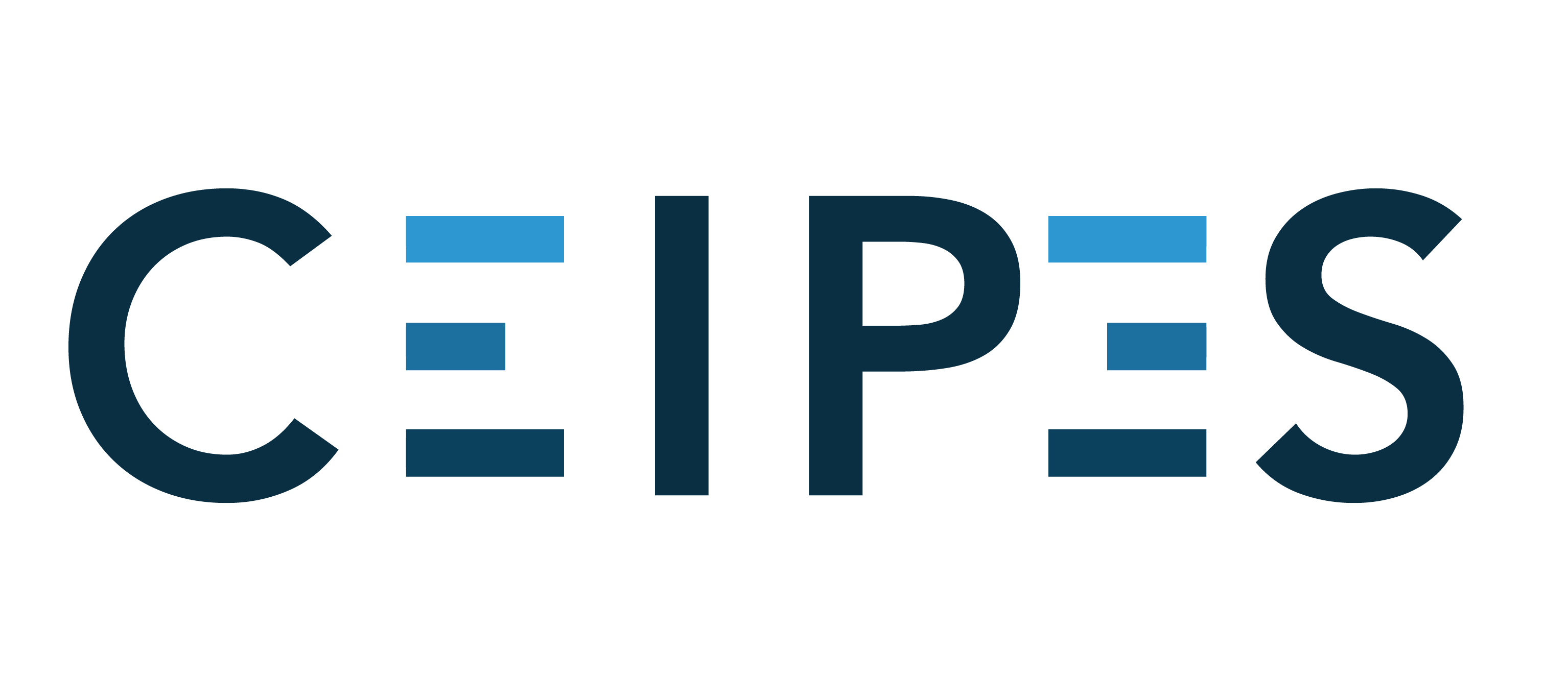
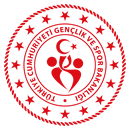

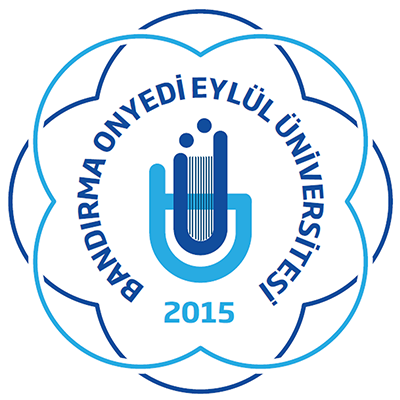

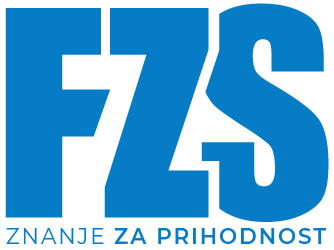
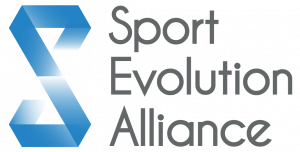
Funded by the European Union. Views and opinions expressed are however those of the author(s) only and do not necessarily reflect those of the European Union or the European Education and Culture Executive Agency (EACEA). Neither the European Union nor EACEA can be held responsible for them.
